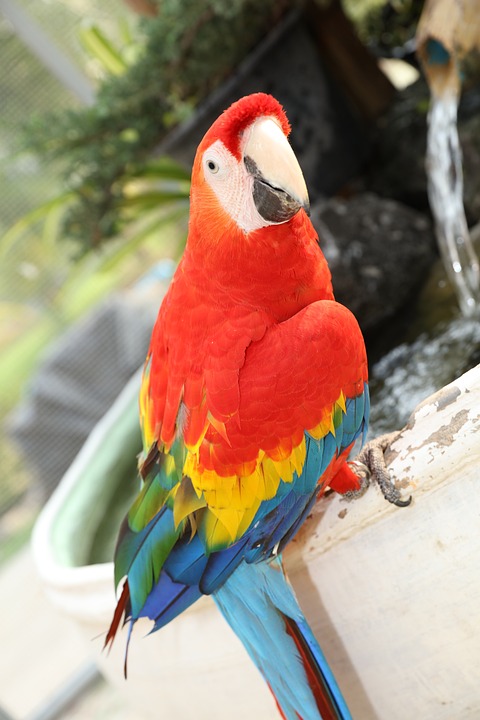Parrots are fascinating creatures with unique behaviors, and one aspect of their behavior that captivates many bird owners is their love for foot toys. In this article, we will delve into the reasons why parrots are so drawn to foot toys and the benefits they can derive from them. We will also address some frequently asked questions about parrot behavior and foot toys.
One of the primary reasons why parrots love foot toys is due to their natural instincts. In the wild, parrots use their feet to grasp branches, gather food, and interact with their environment. Foot toys provide an opportunity for parrots to engage in these natural behaviors, satisfying their instinctual needs.
Playing with foot toys also promotes physical exercise and dexterity for parrots. By using their feet to manipulate and play with the toys, parrots keep their feet strong and agile. This physical activity helps prevent issues like arthritis or muscle atrophy and contributes to overall parrot fitness and well-being.
In addition to physical exercise, foot toys offer mental stimulation and enrichment for parrots. These toys encourage problem-solving as parrots figure out how to manipulate and interact with them. This mental engagement helps prevent boredom and reduces the likelihood of behavioral issues like feather plucking or excessive screaming.
Another benefit of foot toys is that they help maintain a parrot’s beak. Parrots’ beaks continuously grow, and they need to wear them down to prevent overgrowth. Chewing, manipulating, and shredding foot toys provide a safe and enjoyable way for parrots to trim their beaks naturally, keeping them in good condition and preventing potential beak-related problems.
When choosing foot toys for your parrot, it is crucial to consider size and safety. Ensure that the toys are an appropriate size for your parrot, preventing accidental ingestion or entrapment. Avoid toys with small parts that could be easily chewed off and pose a choking hazard.
Offering a variety of foot toys with different textures, shapes, and materials is also important. This keeps your parrot engaged and prevents toy boredom. Suitable foot toys can include wooden blocks, leather strips, plastic chains, and natural fiber ropes.
To keep your parrot’s interest, it is essential to rotate the foot toys regularly. Introduce new toys and retire older ones to maintain a fresh and exciting toy selection, ensuring your parrot remains engaged and stimulated.
Now let’s address some frequently asked questions about parrot behavior and foot toys.
Q: Can foot toys replace social interaction with my parrot?
A: While foot toys provide mental and physical stimulation, they should not replace social interaction with your parrot. Parrots are highly social animals and require regular interaction and bonding with their human companions.
Q: How often should I offer foot toys to my parrot?
A: Foot toys should be available to your parrot daily. It is best to offer them in a variety of locations within the cage or play area to encourage exploration and engagement.
Q: Can foot toys help with parrot aggression or behavioral issues?
A: Foot toys can be a helpful tool in managing parrot aggression or behavioral issues, but they should be used in conjunction with other behavioral modification techniques. Consult with an avian behaviorist for a comprehensive approach to address any behavioral concerns.
In conclusion, understanding parrot behavior, such as their fascination with foot toys, is crucial for providing optimal care for these magnificent birds. By offering appropriate foot toys, you can fulfill your parrot’s natural instincts, promote physical and mental well-being, and enhance their overall quality of life. Remember to choose safe toys, provide variety, and prioritize regular social interaction to ensure a happy and healthy parrot.









